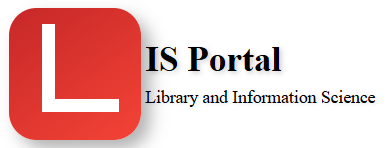Data portability refers to the ability of individuals or organizations to move their data from one service provider to another, without being locked into a proprietary format or platform. This allows users to switch to a different service provider, transfer data between platforms, or keep their data if a service provider goes out of business.
In the context of library and information science, data portability is important for ensuring that users have access to their library data, even if they switch to a different library or change their library management system. For example, libraries can use standard data formats, such as MARC or Dublin Core, to ensure that data can be easily exported and imported between systems.
Example: A library might use a library management system (LMS) to manage its collections, circulation, and patron information. If the library decides to switch to a different LMS, it would be important for the library to be able to export its data from the original LMS and import it into the new system, without losing any information or functionality. Data portability can help ensure that the library’s data is secure and accessible, even if the library changes its technology platform.
Data portability is also important for preserving and sharing digital resources, such as digitized books, photographs, and archives. Libraries can use standard data formats and digital preservation strategies to ensure that digital resources can be easily shared and reused, even if the original provider goes out of business or changes its technology platform.
some of the tools and technologies used for data portability include:
-
Library data exchange standards: Standards like MARC, Dublin Core, and Bibliographic Data Exchange (BDX) can be used to ensure that library data can be easily exported and imported between different library management systems and catalogs.
-
Digital library platforms: Platforms like DSpace, Greenstone, or Omeka can be used to store, manage, and preserve digital resources, and to support data exchange between different platforms and systems.
-
Data transformation tools: Tools like XSLT or Jolt can be used to convert library data from one format to another, making it easier to import and export data between different systems.
-
Data backup and restore tools: Tools like MongoDB or Amazon S3 can be used to store backup copies of library data, ensuring that data can be recovered in case of a system failure or data loss.
-
Metadata management tools: Tools like METS or MODS can be used to manage metadata for digital resources, ensuring that metadata is consistent, accurate, and discoverable, even if the data is moved from one platform to another.
These tools help to ensure that library data is portable and accessible, even if the library changes its technology platform, and that digital resources can be preserved and shared for future generations. By using standard data formats and digital preservation strategies, libraries can support data portability and ensure that their collections and resources are accessible to users over time.
